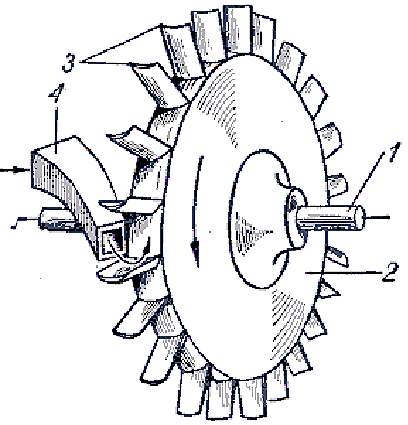 Turbines have developed
to their present forms along various lines according to
steam conditions, condensing water available, types of service, and
requirements as to cost and economy; and this process is still going on,
with all builders continually changing, experimenting with, and
improving their product.1
There has been a growing amount of standardization of the smaller sizes
of machines, but not until the urgent requirements of the Second World
War forced it was there a serious attempt to standardize the operating
conditions and certain physical characteristics of the units in the
range from 11,500 to 60,000-kw rating. However, this standardization is
not so rigid but that further development is continually taking place,
with the use of higher temperatures and pressures and improvements in
heat rates, paralleling the continued improvements in improvement of the
electric generator, condenser, and steam-generating equipment associated
with the steam turbine in power plant use.
Turbines have developed
to their present forms along various lines according to
steam conditions, condensing water available, types of service, and
requirements as to cost and economy; and this process is still going on,
with all builders continually changing, experimenting with, and
improving their product.1
There has been a growing amount of standardization of the smaller sizes
of machines, but not until the urgent requirements of the Second World
War forced it was there a serious attempt to standardize the operating
conditions and certain physical characteristics of the units in the
range from 11,500 to 60,000-kw rating. However, this standardization is
not so rigid but that further development is continually taking place,
with the use of higher temperatures and pressures and improvements in
heat rates, paralleling the continued improvements in improvement of the
electric generator, condenser, and steam-generating equipment associated
with the steam turbine in power plant use.
Definitions. A steam turbine may be defined as a form of heat engine in which the energy of the steam is transformed into kinetic energy by means of expansion through nozzles, and the kinetic energy of the resulting jet is in turn converted into force doing work on rings of blading mounted on a rotating part.